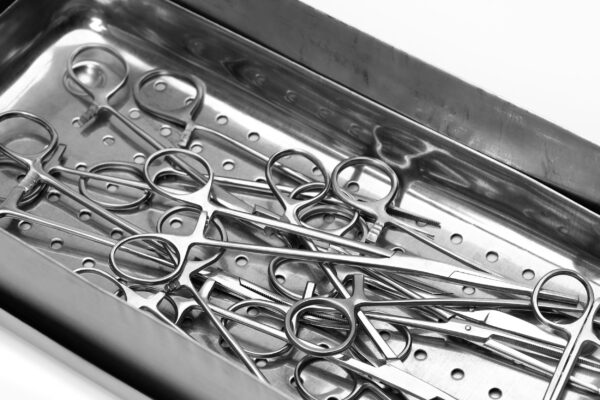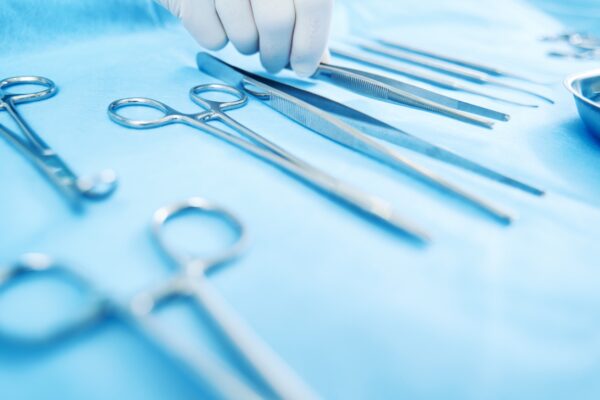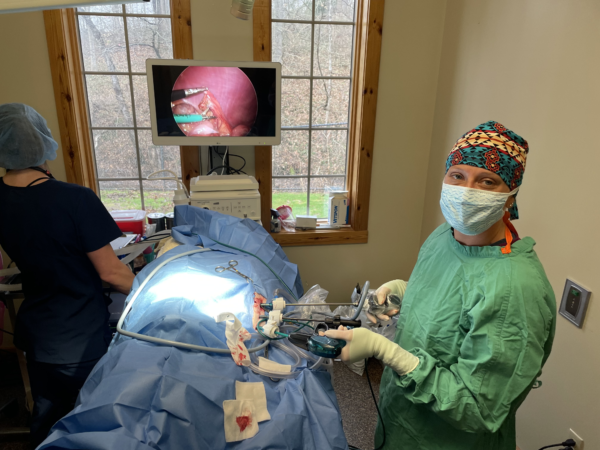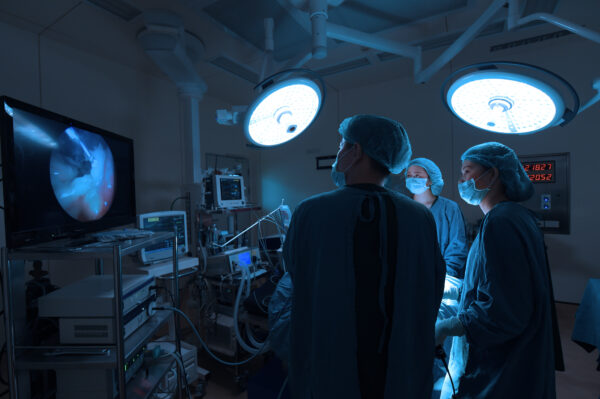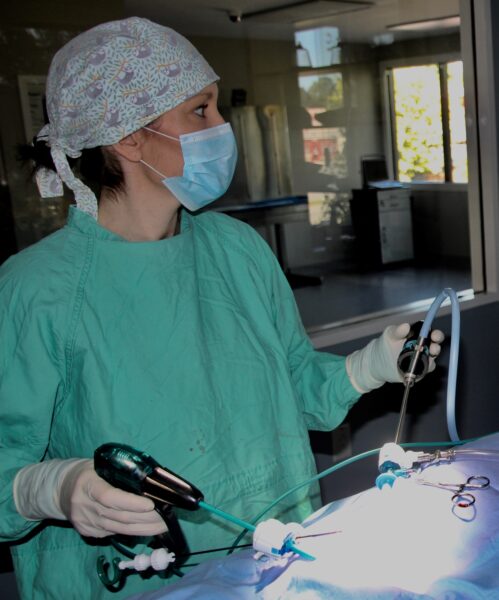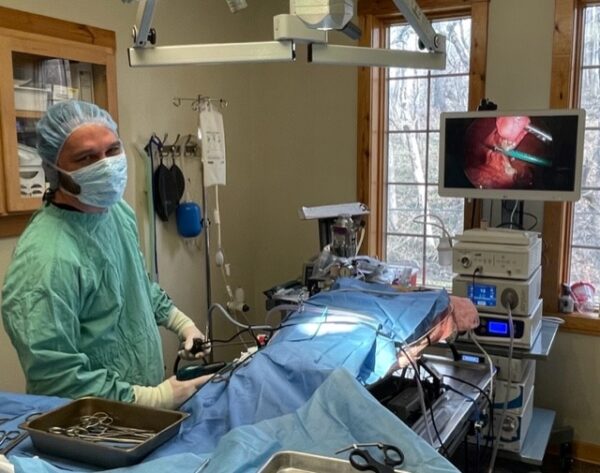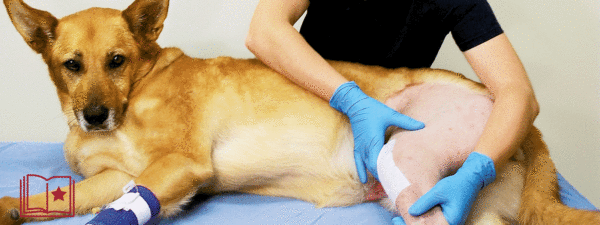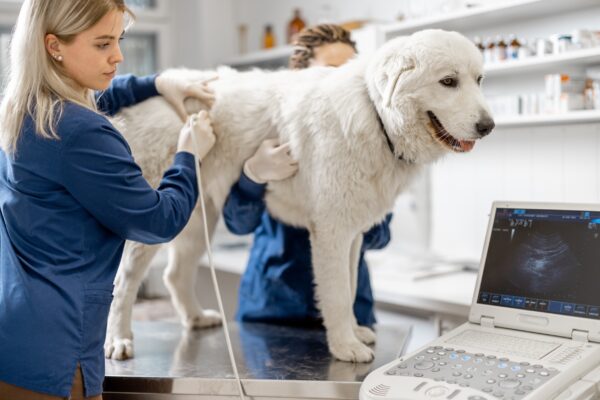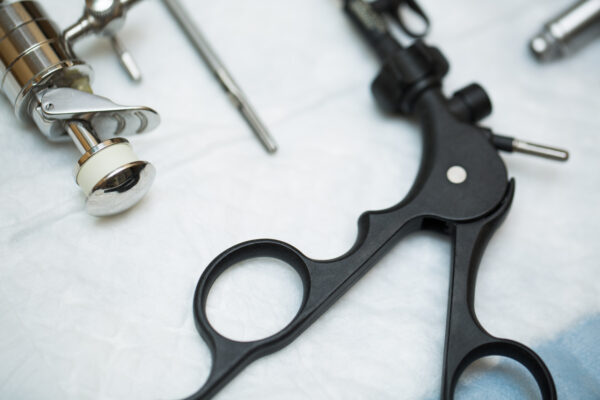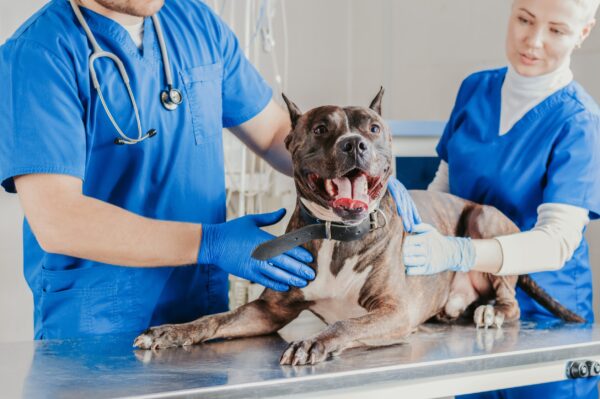Importance of Low Temperature Sterilization In Veterinarian Hospitals
Plasma Sterilization, otherwise known as Gas Sterilization veterinary, is a platform that provides instrument sterilization[...]
How To Properly Sterilize Your Equipment After Surgery
Cleaning veterinary equipment after surgery is a critical part of ensuring the health and safety[...]
Maximizing Efficiency in the Veterinary Operating Room with a Vessel Sealing Device
Veterinary surgery has advanced drastically since its inception. As technology improves, so does the quality[...]
What is Laparoscopy, Arthroscopy, and Endoscopy?
Laparoscopy, arthroscopy, and endoscopy are all minimally invasive veterinary surgery procedures. Incorporating minimally invasive techniques[...]
Maximizing the Benefits and Increasing the ROI of Veterinary Laparoscopic and Endoscopic Surgical Equipment
Purchasing a minimally invasive veterinary laparoscopy and/or endoscopy system is a significant investment that provides[...]
Vessel Sealing Devices vs. Traditional Ligation: A Comparison
The use of vessel sealing devices is one of the most popular methods for closing[...]
Invaluable Veterinary Tools for your Clinic
Veterinary clinics are the backbone of animal health and wellness, and having the right veterinary surgical[...]
What are the Advantages of Minimally Invasive Surgery on Pets?
There are many reasons why veterinarians should consider performing minimally invasive surgery on pets. Minimally[...]
Improvements in Veterinary Laparoscopy
Veterinary laparoscopy is a specialized surgical technique that allows veterinarians to perform minimally invasive surgery[...]
What is Minimally Invasive Surgery for Pets?
When a pet has surgery, it is essential to look for ways to reduce pain[...]
